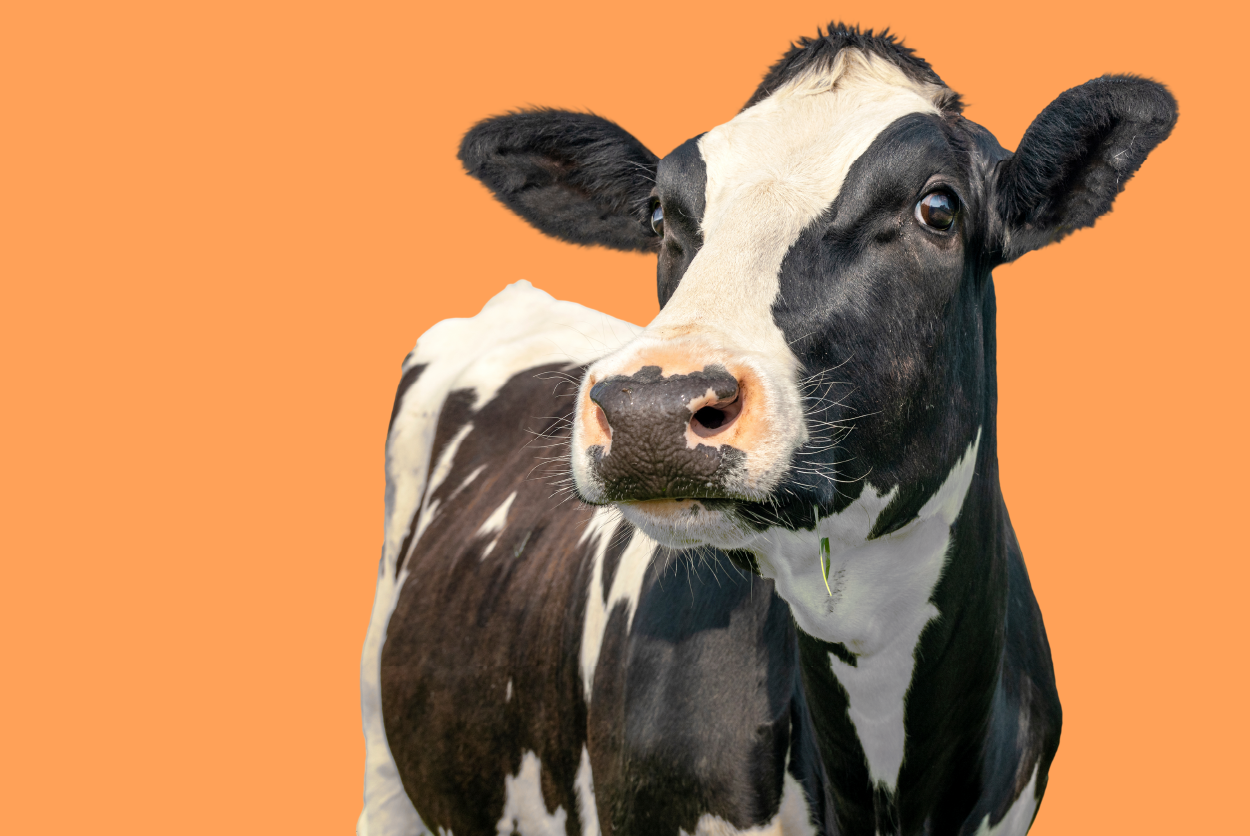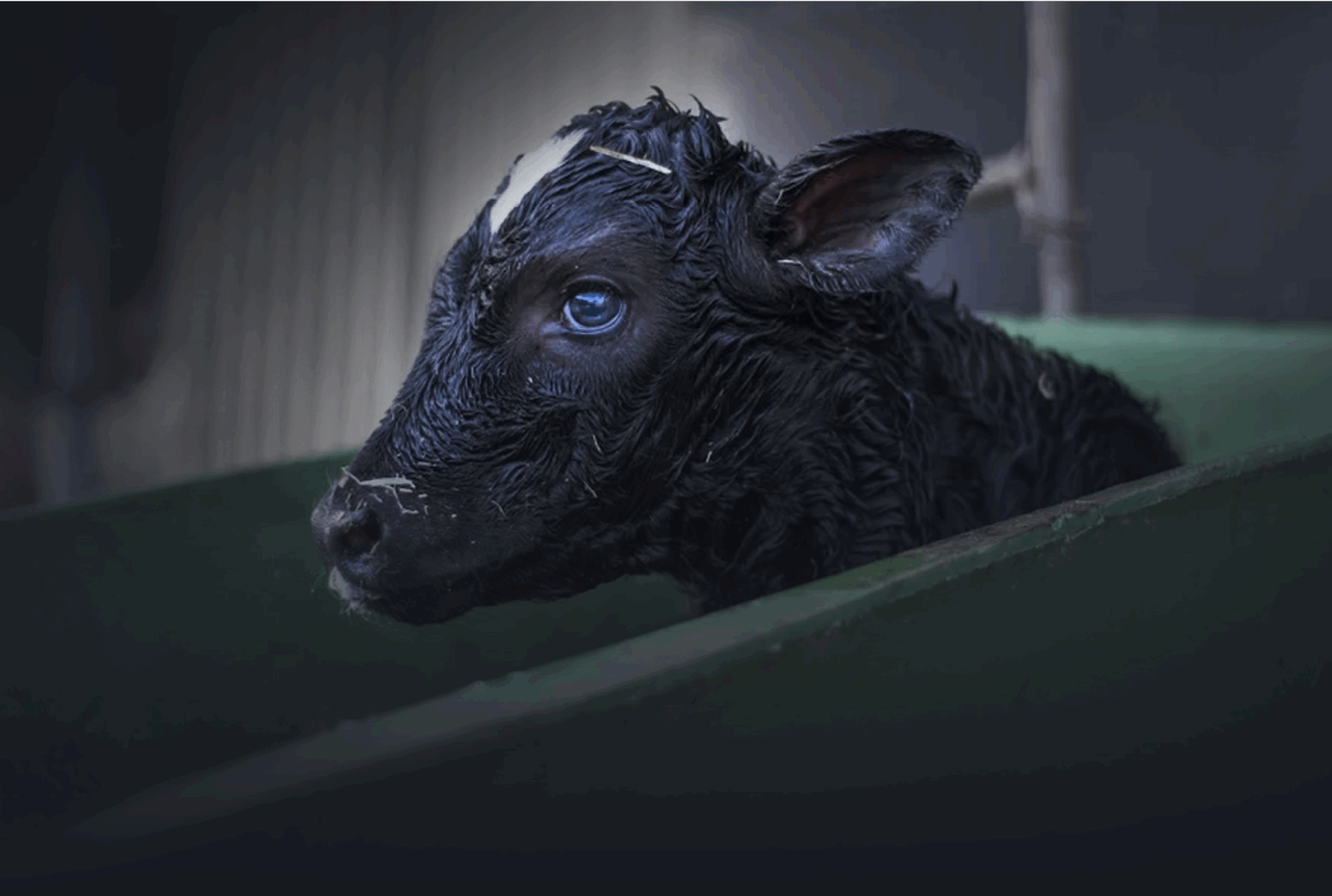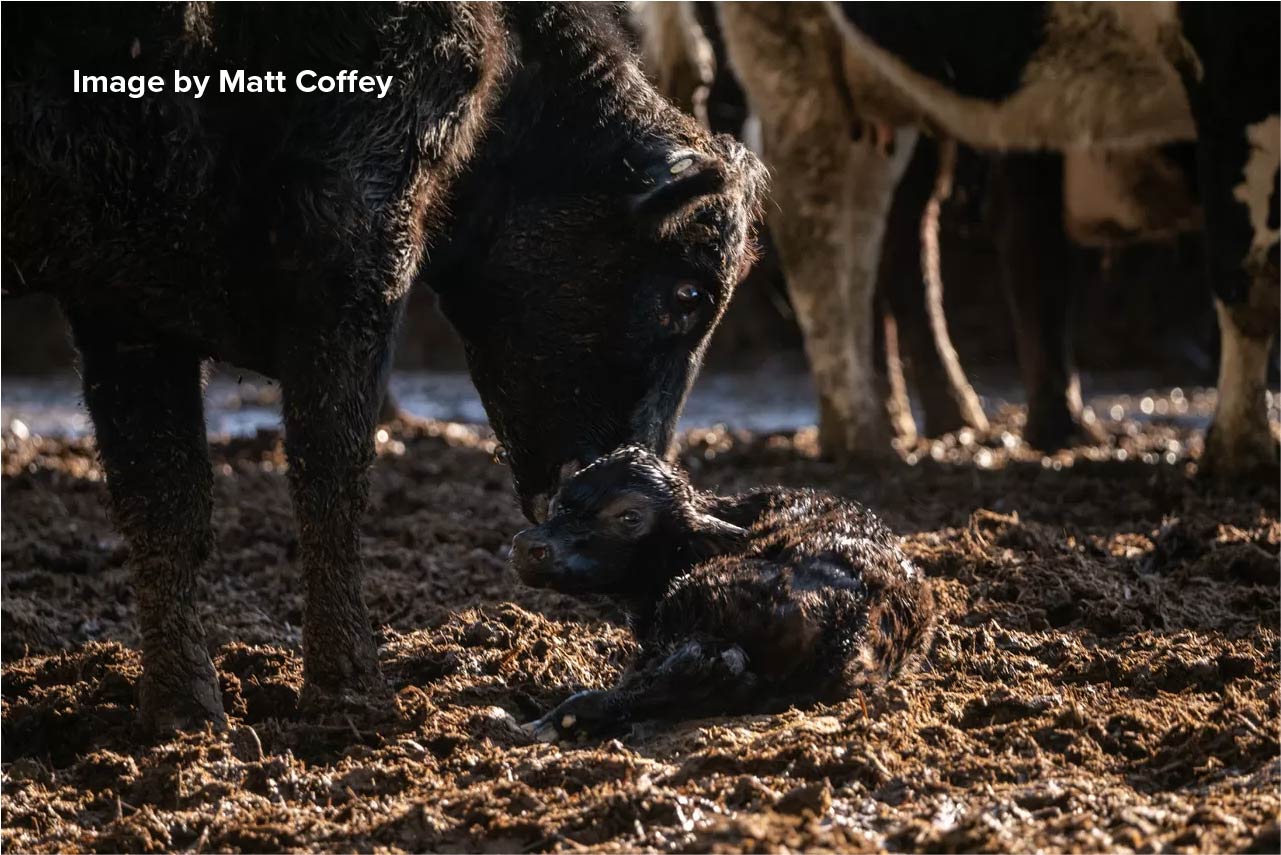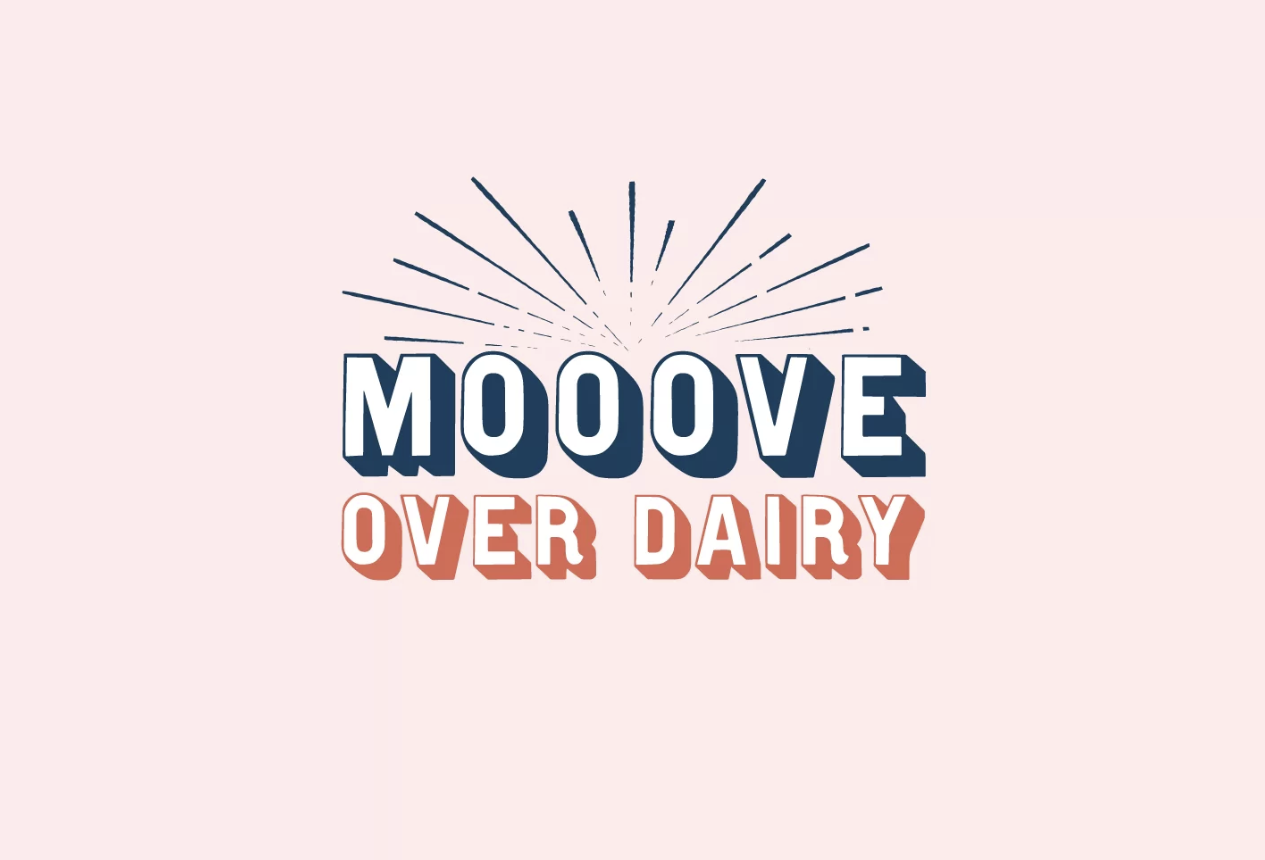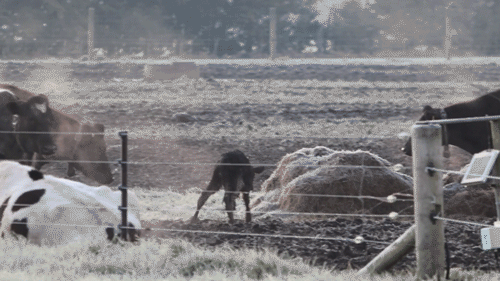
Lincoln University’s “best practice” dairy farm exposed
August 20th, 2025When most people hear the phrase “world-best practice”, they expect it to mean the highest standards of care – for people, for animals, and for the environment. That’s what Lincoln University promises at its Dairy Demonstration Farm (LUDF), a showcase for international students and a training ground for the next generation of farmers.
But shocking footage filmed between 11–13 August this year reveals a very different story.
At LUDF, calves were filmed piled on top of each other in a trailer. A mother cow was chased aggressively on a quad bike after being separated from her calf. Cows and newborn calves stood ankle-deep in a foul mixture of mud, faeces, and urine, with no clean or dry place to rest in the freezing depths of winter. At least one cow appeared to have a broken tail.
Behind these images are stories of lives cut short, and bonds broken. Newborn calves, trembling and confused. A mother cow, torn from her baby, forced to move against her will. Each animal is an individual, with emotions as real as our own.
This is what Lincoln University promotes as “best practice.”
All footage and images captured by Matt Coffey unless otherwise specified
Why this matters
Lincoln University’s dairy farm is not just any farm. It’s where the next generation of farmers, from Aotearoa and overseas, are being trained. If students are taught that calves being transported in overcrowded trailers, cows giving birth in filthy paddocks, and animals being intimidated are all “normal,” then this is the standard being set for the entire dairy industry.
Normalising this treatment erases the individuality of each animal. To future farmers, calves become ‘waste products’ and mother cows become ‘production units.’ Yet each of these animals has a life that matters to them, just as ours does to us.
SAFE has raised serious concerns with the University and lodged a complaint with the Ministry for Primary Industries (MPI). But when MPI inspectors visited the farm, they reported “no significant concerns.” That response is chilling. If this level of suffering doesn’t set off alarm bells, it shows a regulator willing to overlook cruelty in order to shield industry practices from scrutiny.
“Nothing to see here”
What was uncovered at Lincoln University’s farm is not an isolated case of poor practice. It reflects deeper, systemic failures in the way Aotearoa regards animals and oversees our agricultural system.
On paper, the Animal Welfare Act 1999 requires that animals’ physical, health, and behavioural needs are met, and that they are spared unnecessary pain and distress. Yet in practice, the Codes of Welfare set by the National Animal Welfare Advisory Committee fall far short of these principles, effectively legalising harmful practices and allowing cruelty to persist.
This framework reduces living beings to commodities, treating their suffering as an acceptable cost of production. But cows are not machines; they are mothers, daughters, and individuals who deserve to live free from fear and neglect.
The regulator responsible for upholding the law – the Ministry for Primary Industries (MPI) – has repeatedly shown itself unwilling to intervene, even in the face of clear evidence. In the case of Lincoln University’s farm, MPI inspectors reviewed the same harrowing conditions filmed on site and declared they found “no significant concerns.” That response does not inspire confidence; it exposes how weak enforcement allows suffering to be normalised.
And at the heart of it all is an industry that continues to entrench practices harmful to animals, communities, and the environment, while projecting an image of sustainability to the public and the world. Lincoln University, with its influence on future farmers, has a particular responsibility to do better. Instead, its dairy farm demonstrates just how embedded cruelty has become in New Zealand’s agricultural model.
This is why SAFE exists: to challenge greenwashing, to hold powerful institutions accountable, and to demand a future where animals are treated with the respect and dignity they deserve.

Footage by Matt Coffey
The bigger picture in Canterbury
Lincoln’s farm is a microcosm of a much broader problem. Research increasingly confirms that Canterbury’s intensive dairy farming is having profound and harmful effects on both freshwater ecosystems and human health.
A seminal study published in the Australasian Journal of Environmental Management quantified the “grey water footprint” of milk – meaning the volume of water required to dilute nitrate pollution to safe levels. The findings were stark: Canterbury’s groundwater, a critical source of drinking water for many communities, is on track to reach nitrate concentrations averaging 21.3 mg/L (NO₃-N). That is almost double New Zealand’s allowable limit for drinking water (11.3 mg/L), effectively rendering much of it undrinkable. Already, 8 percent of monitored groundwater wells exceed the drinking-water standard, and 68 percent show worsening nitrate contamination. These elevated levels have been linked to severe human health risks, including increased chances of bowel cancer, preterm birth, and “blue baby syndrome” in infants.
Additional research says that Canterbury needs to reduce its nitrate pollution by as much as 44 percent to meet safe “bottom-line” levels established under the National Policy Statement for Freshwater Management. Without this, agricultural nitrate leaching will continue to overburden the region’s waterways and aquifers, threatening environmental health and community wellbeing.
These findings make it clear that the sustainability claims often attached to Canterbury’s dairy-intensive practices are fundamentally misleading. The region’s dairying boom has created environmental costs that now risk public health, local ecosystems, and long-term ecological resilience.
What you can do to help
Real change is possible, and it starts with all of us. The dairy industry may be powerful, but history shows that when people come together and raise their voices, we can transform systems. Every action you take helps build momentum towards a kinder, more sustainable future for animals, people, and our planet.
Our animal welfare system is broken – let’s fix it!
Join the call for an independent voice for animals in parliament
Donate to support our dairy campaign!
Call for lasting change for vulnerable animals being exploited in one of our biggest sectors
Take the Dairy-Free Challenge
Discover how easy (and delicious) it is to live without dairy.
Together, we can build a future where compassion guides our choices, animals are respected, and our environment is protected for generations to come.

